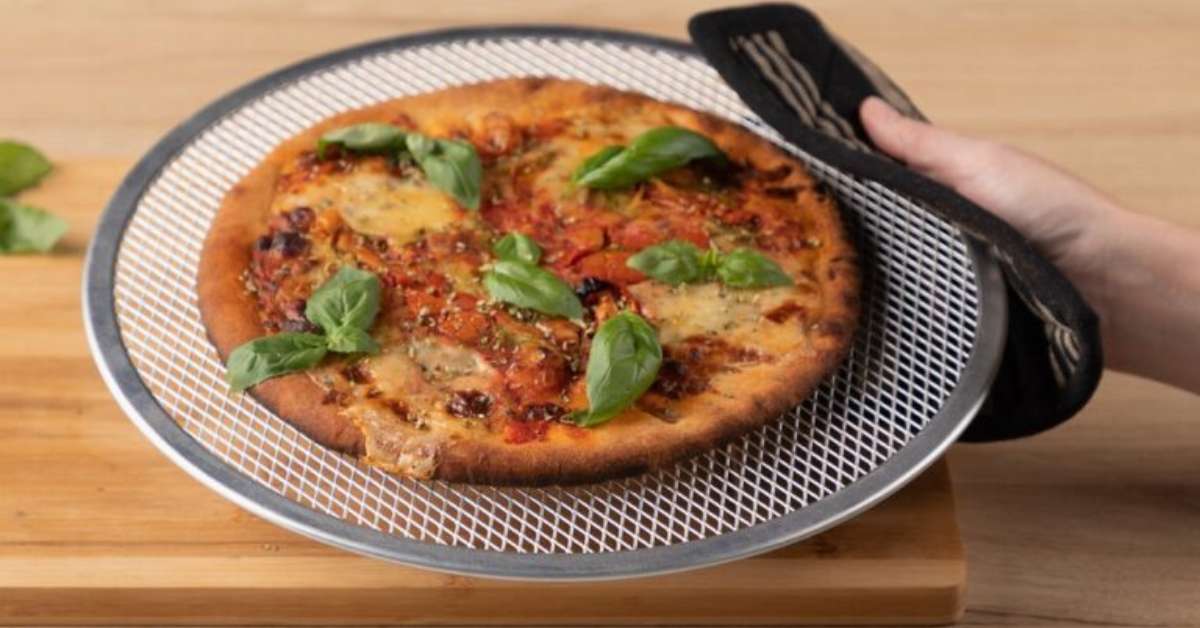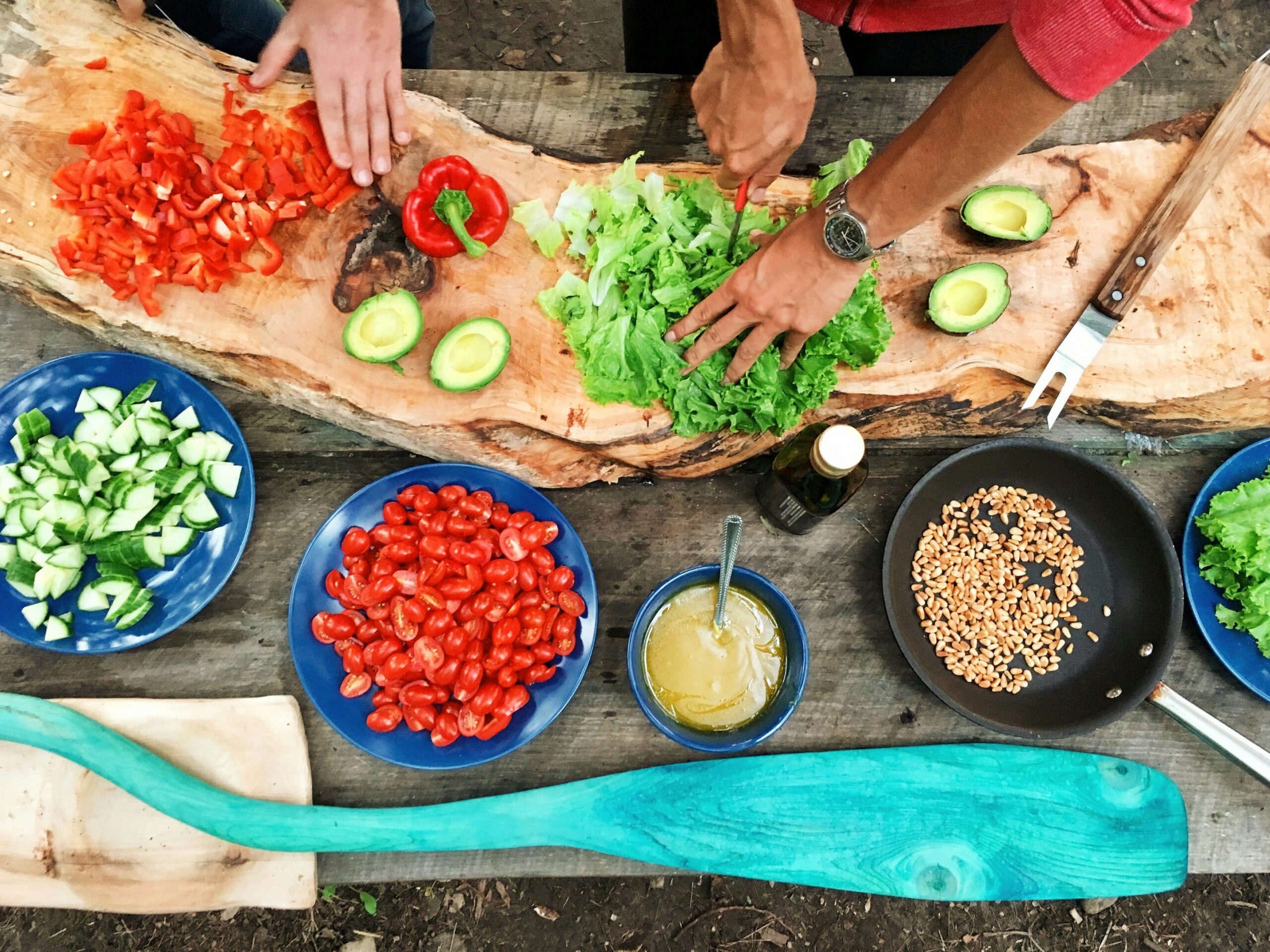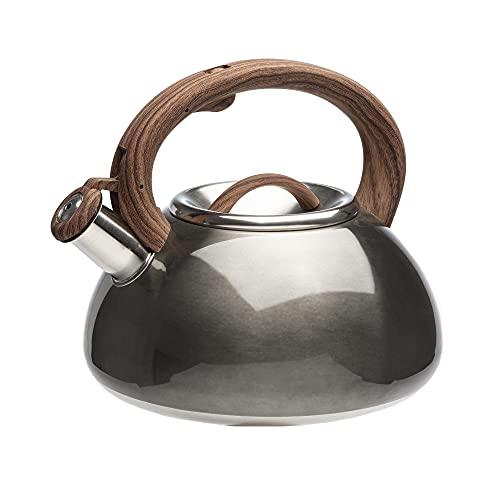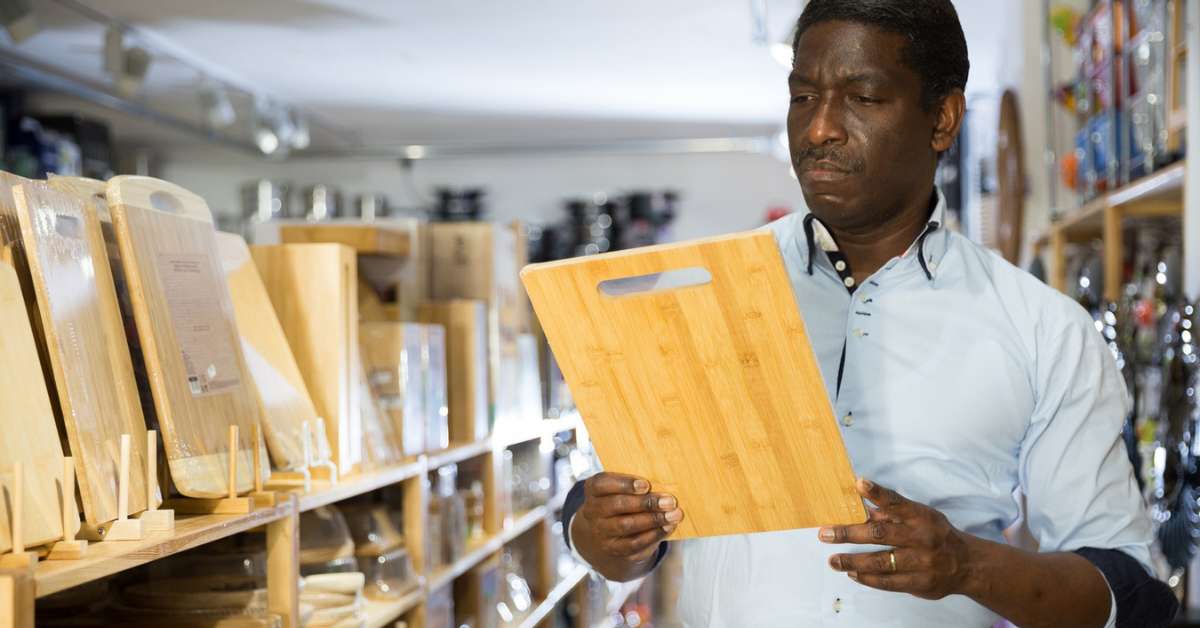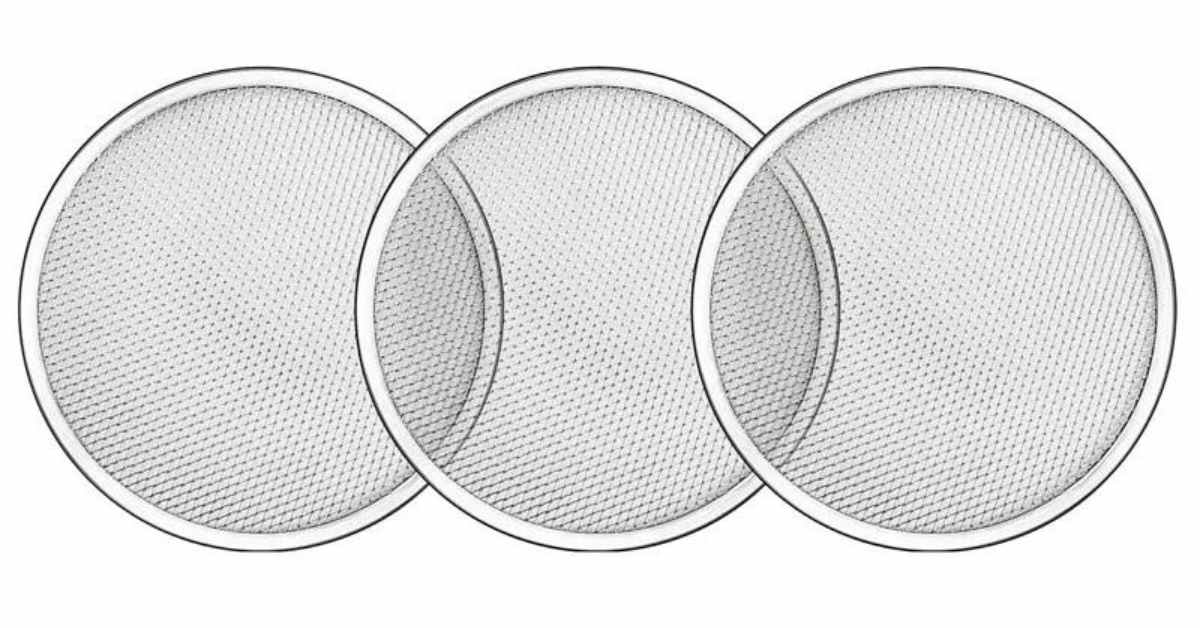When it comes to creating the perfect pizza, there are a multitude of factors that contribute to achieving that ideal, crispy crust and even baking. One often overlooked yet crucial element in the pizza-making process is the pizza screen.
Selecting the right pizza screen can significantly impact the texture, bake, and overall quality of your pizza. In this comprehensive guide, we’ll delve into the intricate details of choosing the ideal pizza screen for your specific needs.
Table of Contents
ToggleUnderstanding the Purpose of a Pizza Screen
Before delving into the selection process, it’s crucial to comprehend the role of a pizza screen in the pizza-making process. Pizza screens are circular, mesh-like pans made from different materials such as aluminum, stainless steel, or even hard coat anodized aluminum. These screens aid in achieving a crispy crust by allowing heat to circulate evenly and ensure thorough baking.
Factors to Consider When Choosing a Pizza Screen
Size and Shape
The size and shape of the pizza screenplay play a pivotal role in determining the outcome of your pizza. Consider the size of the pizza you intend to make; whether personal-sized, standard, or larger, ensuring the screen accommodates the pizza size is essential.
The shape can vary from round to square, so selecting the right shape aligning with your desired pizza style is crucial.
Material Composition
Pizza screens are available in various materials, each with its unique characteristics. Aluminum screens are lightweight and heat up quickly, while steel screens are durable and offer better heat retention.
Non-stick coatings can prevent sticking and make the cleaning process more manageable. Understanding the properties of each material is critical in making an informed choice.
Perforation and Design
The pattern and size of perforations in the pizza screen affect heat circulation. More perforations allow for more airflow, resulting in a crispier crust. The design of the screen, whether solid or mesh-like, also impacts how the heat distributes, affecting the texture of the pizza crust.
Selecting the Right Pizza Screen for Your Needs
Home Use
For homemade pizzas, aluminum screens can be a practical choice due to their quick heating properties. Non-stick coatings can ease the cleanup process, making them suitable for convenient use at home.
Professional Use
In a professional setting, where pizzas are made consistently and in larger quantities, steel screens or pans might be a more suitable choice. Steel’s durability and heat retention properties are beneficial for high-frequency use.
Maintaining and Caring for Pizza Screens
Proper care and maintenance of pizza screens can extend their lifespan and ensure consistent performance. Cleaning after each use, avoiding harsh abrasives, and storing them appropriately can prevent rust and damage, preserving their quality for an extended period.
Conclusion
Selecting the right pizza screen is a crucial decision that significantly impacts the quality of your pizzas. By considering factors such as size, material, and design, you can make an informed choice that aligns with your specific pizza-making needs, whether at home or in a professional kitchen.
FAQs on How to Choose the Right Pizza Screen
What size pizza screen do I need?
The size of the pizza screen you need depends on the size of the pizza you intend to make. Ensure the screen accommodates the desired pizza size, whether personal, standard, or larger.
How do I choose a pizza pan?
Consider factors like material, size, and design. Select a material that suits your needs, choose the appropriate size, and pay attention to the perforation design for heat circulation.
Is a pizza screen worth it?
Absolutely! A pizza screen helps achieve an evenly baked crust and prevents sogginess by allowing heat circulation, enhancing the overall quality of your pizza.
What is the difference between a pizza screen and a pizza pan?
A pizza screen is a mesh-like metal screen, often made of aluminum or steel, with perforations for heat circulation. On the other hand, a pizza pan is a solid, flat pan without perforations.
Will pizza stick to a pizza screen?
Typically, pizza doesn’t stick to a pizza screen, especially if it has a non-stick coating. It allows for easy removal and prevents sticking, making cleanup hassle-free.

